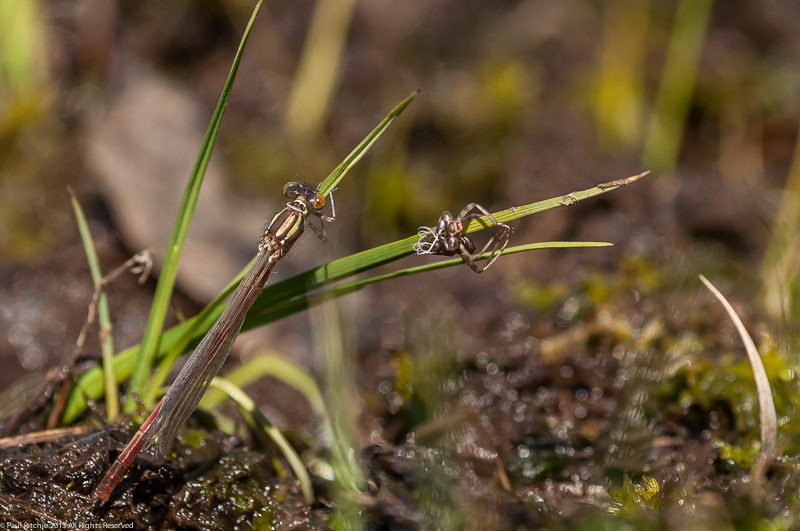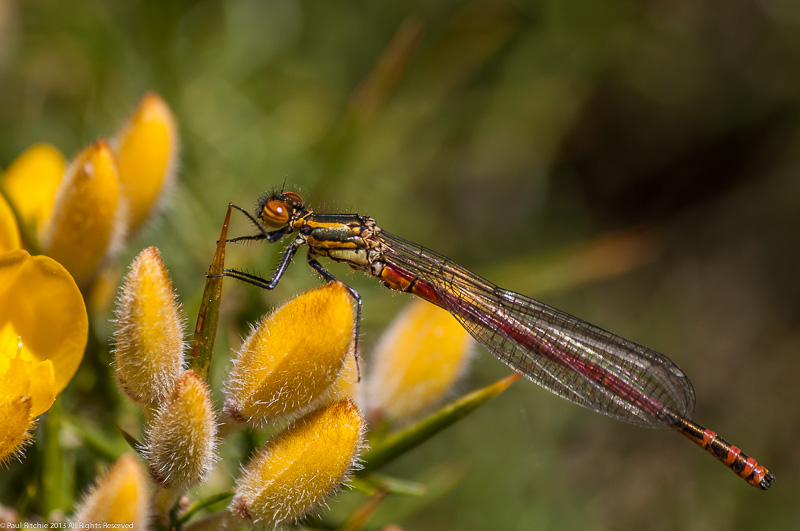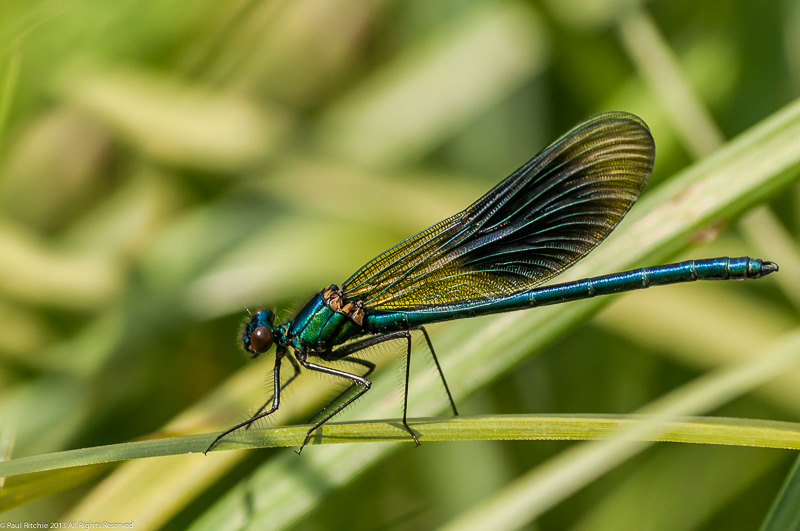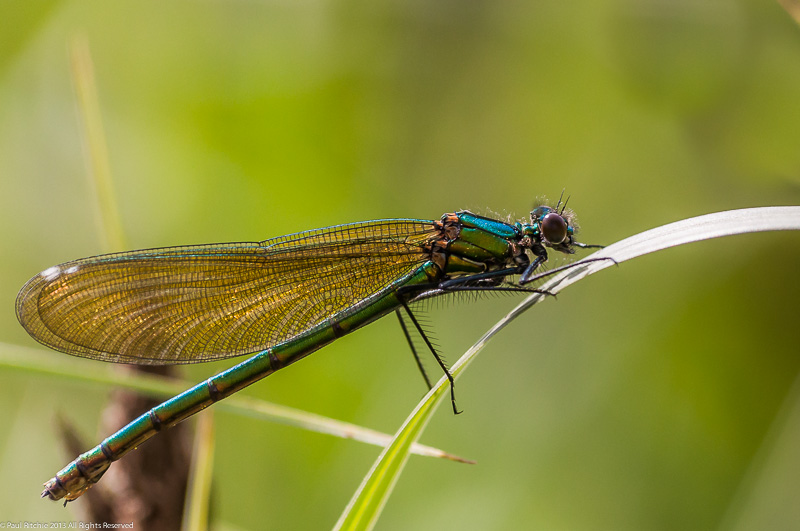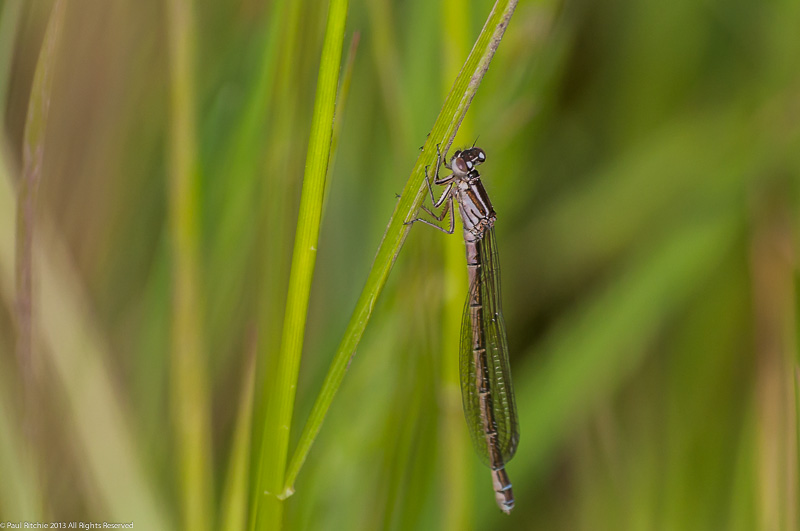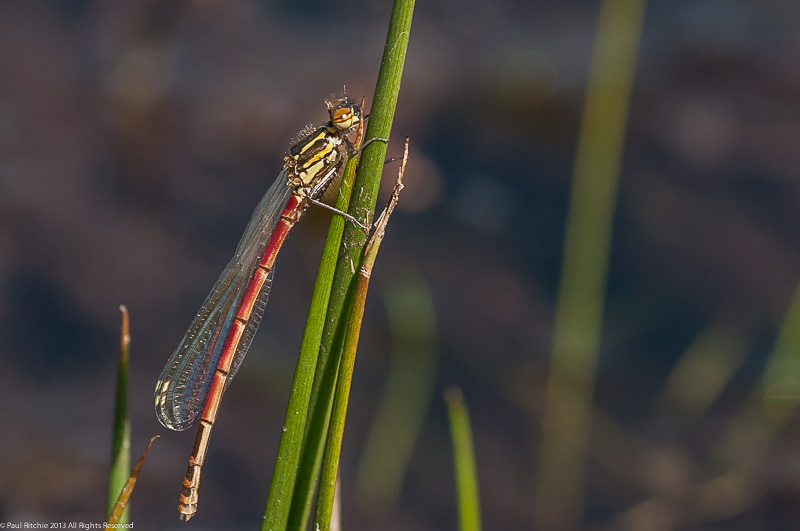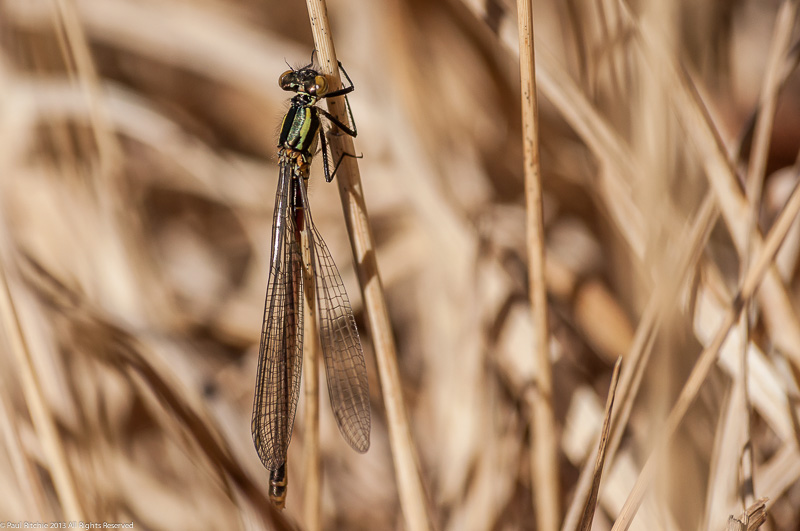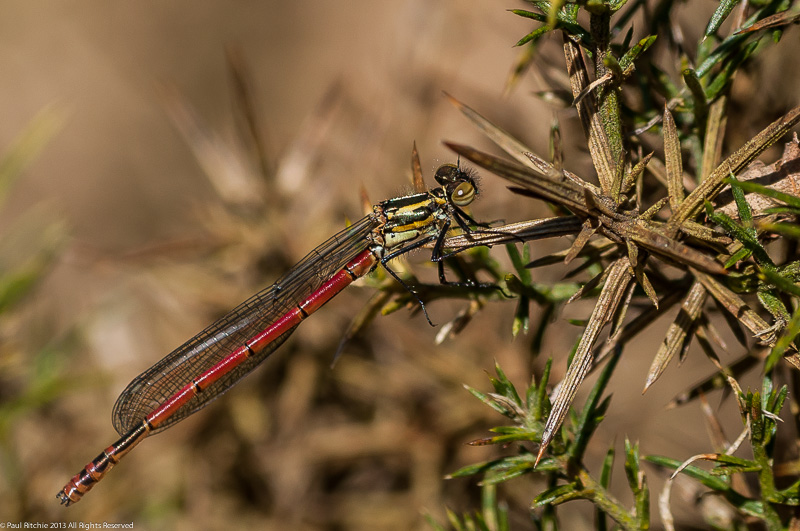…as long as it’s red!
At least that’s all I’ve managed myself over this pleasant Bank Holiday. Thankfully others have had better luck with Hairy, Broad-bodies and Four-spotted Chasers, Azure, Blue-tailed and Variable Damselflies adding to this season’s count.
I did manage a morning reccie around a few sites on Sunday morning in the hope that I might find something larger; maybe even emerging…but it wasn’t to be. During a whistle-stop tour of Cadnam, Broomy and Slufters on a fine morning I realised I’d jumped the gun again, and resolved to reign in a little. Give it another week and we can see some action on the ponds; which for me is the best part of observing dragonflies.
I did however see my first Dartford Warbler, which made the trip worthwhile.
Monday’s weather was superb; warm enough to colour the skin and with a cooling breeze which meant the New Forest was going to play host to a large influx of tourists. Desperate to make the most of the fine weather, Sue and I repeated the circular tour we took a week ago; taking in Pennington, Crockford and Hatchet Pond.
Pennington is one of the few places within the New Forest where the Hairy can be found; the emergent vegetation ideal for their zig-zag patrols of the shore. It’s also a prime spot for Blue-tailed, Azure and Red-eyed, but Large Red were all we got today. A result though. Only a few, but the first we’ve seen there this season.
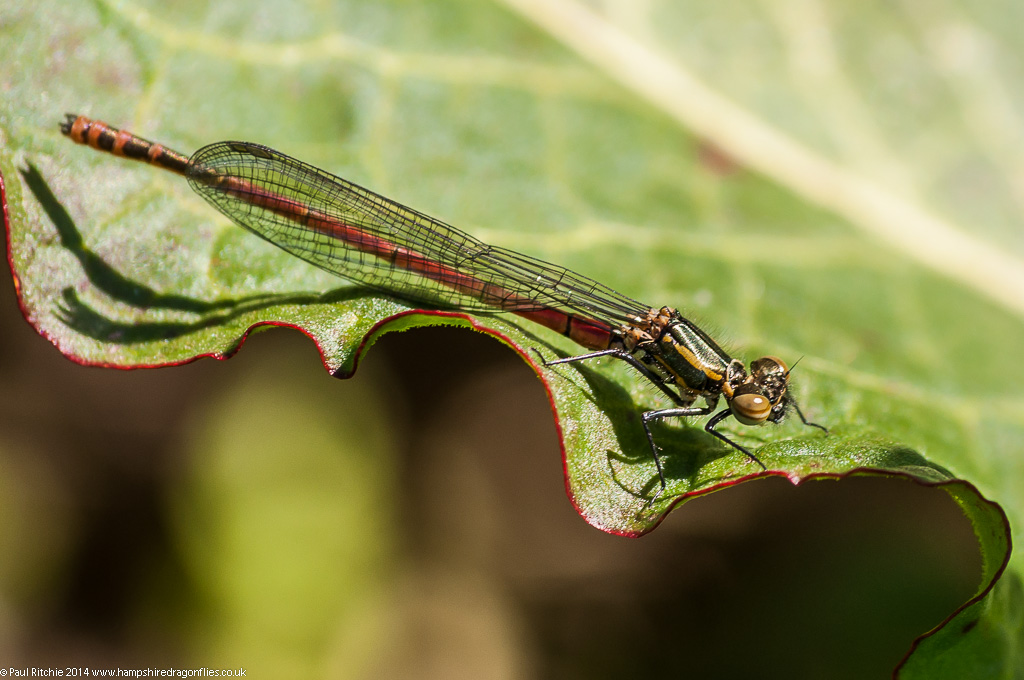
Crockford produced a few more Large Reds and we were hoping it might throw up a Chaser or two. But it was Hatchet which took the prize today.
It’s a funny old place…normally left off the map for discerning dragonfly observers. However it can provide some real surprises; being a prime spot for early Downy Emeralds, decent and accessible populations of Red-eyed and good numbers of Black-tailed Skimmers in season.

It certainly threw up the largest population of Large Red I’ve seen so far this season; despite the intrusion of day-trippers of every nationality. Definitely one for the quieter weekday…

